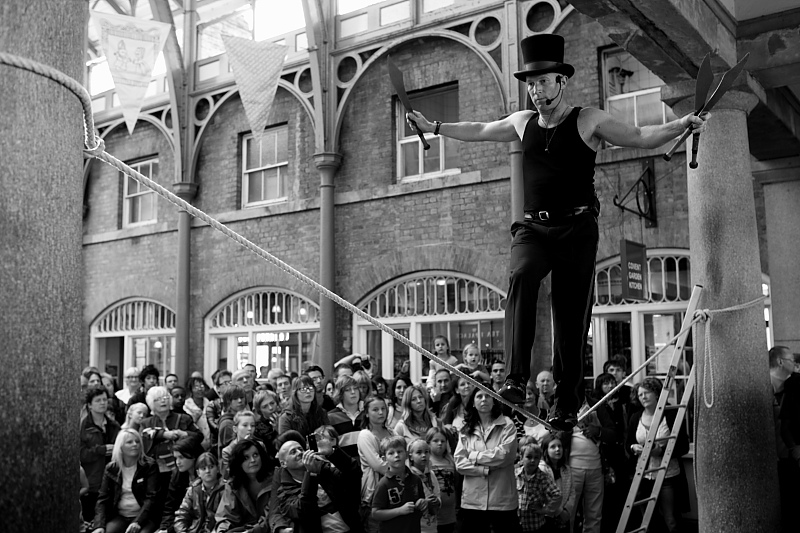
California spends about 18.5 cents on the arts for each of its 38 million residents. 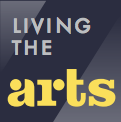 That’s not much—in fact, last year marked the first time in a decade the Golden State didn’t rank dead last for arts-grant funding. With limited resources to go around, arts organizations are forced to make tough choices. Should they focus their resources on bringing in as many people as possible—or on supporting the most talented artists? In advance of the Zócalo/James Irvine Foundation event “How Should We Balance Access and Excellence in the Arts?”, we asked artists and educators from across California: How should arts organizations balance the tension between excellence and access?
That’s not much—in fact, last year marked the first time in a decade the Golden State didn’t rank dead last for arts-grant funding. With limited resources to go around, arts organizations are forced to make tough choices. Should they focus their resources on bringing in as many people as possible—or on supporting the most talented artists? In advance of the Zócalo/James Irvine Foundation event “How Should We Balance Access and Excellence in the Arts?”, we asked artists and educators from across California: How should arts organizations balance the tension between excellence and access?
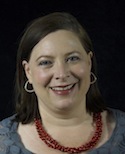
We live in an era of “makers,” where people are drawn to the “do-it-yourself.” Let’s embrace this impulse. It’s as important for everyday people to experience watching a tango dancer pushing the art form onstage as it is for them to learn how to do the basic eight-steps of the dance. Engagement in the arts allows us to express ourselves, explore creativity, learn about other cultures, become more empathetic, and ultimately, build community through shared experiences.
Arts organizations also have an obligation to present the work of artists who have invested time and critical thought into their art form. Artistic excellence is subjective and open to interpretation. But in Outliers: The Story of Success, author Malcolm Gladwell describes the “10,000-Hour Rule” as the key to success in any field. The artists who have invested 10,000 hours can inspire us and open our eyes to what is possible.
Contemporary arts organizations are places and spaces where people get messy—where artistic excellence and access are treated in a non-hierarchical manner. “Messy arts spaces” bring the two together to help us collectively hope, dream, and envision a future where all experiences are valued. These are the spaces where true meaning is made for multiple people, on multiple levels. Let’s get messy!
Anjee Helstrup-Alvarez is the executive director of MACLA/Movimiento de Arte y Cultura Latino Americana, an inclusive contemporary arts space grounded in the Chicano/Latino experience that incubates new work and engages people in civic dialogue and community transformation, located in downtown San José, California.
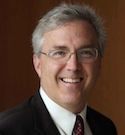
The compelling qualities that define excellence in the arts—like a sense of awe and wonder or the ability to evoke deep emotions—are the very source of our social imperative to expand access for more people. Everyone deserves access to great art for its individual benefits and the ways a shared experience of art can strengthen a sense of community. Rather than either/or, excellence and access should be seen as a both/and proposition.
For example, the Music Center of Los Angeles is dedicated to expanding access to the arts for L.A.’s schoolchildren. Among our many programs, we present assembly performances by diverse artists in hundreds of schools each year. Such access is critical to introduce children to a world of new possibilities. Yet every show we present is built on a foundation of artistic excellence. We want kids to be inspired by the very best.
Access to the arts also means the chance for people to participate not just as audience members, but also as creators. Art-making is as old as the human experience. The new idea is that organizations that present outstanding professional artists on their stages can also provide a forum for community art-making.
The Music Center’s Dance Downtown events invite the community to come dance on our plaza. We do this as the very same time we welcome theatergoers to performances of world-class opera or ballet. Both experiences—outside on the plaza and inside the theater—are examples of excellence in the arts. They may differ in terms of the technical prowess of the performers, but both create an experience that is fun, engaging, welcoming—and maybe even inspired.
Mark Slavkin is vice president for education at the Music Center of Los Angeles, one of the nation’s largest performing arts centers.
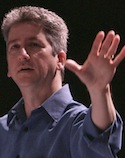
In more than 30 years of arts education, I’ve been especially impressed by the Los Angeles County Arts Commission’s efforts to provide children across L.A. County with access to outstanding arts organizations. The County’s Arts for All campaign has enabled high-quality arts organizations to work with school districts across L.A. County. Arts for All brings pre-screened organizations into schools for residencies in music, dance, theater, and visual arts. The goal is to integrate the arts into the education of all students. Throughout the course of the year, arts professionals work in classrooms, bringing standards-based curriculum to students from kindergarten to 12th grade.
Only half of the 80 school districts in L.A. County have made a commitment to bringing arts education to all their students through Arts for All. So the question really falls to each school district: How important are the arts to a child’s overall education? How central is it to teach the whole student (mind, body, and spirit)? The arts can do all of this—and more.
The Symphonic Jazz Orchestra’s “Music in the School” residencies reach more than 2,400 students every week in classrooms across L.A. County. These programs include the popular “Bach to Bebop” program, instrumental music workshops, and the Intro to Music and Playing the Bells residencies.
We also present free educational and family concerts across Southern California and, in some cases, have offered assemblies, workshops, and residencies at reduced or no cost to the schools or districts. The arts are critically important to a child’s development and education, especially in the elementary school years. If school districts show the interest and leadership, quality arts providers like the Symphonic Jazz Orchestra are out there looking to make a difference.
Mitch Glickman is the music director and founder of the 67-member Symphonic Jazz Orchestra. The ensemble is dedicated to blending the worlds of jazz and classical music, which includes their “Music-in-the-Schools” K-5 residency programs.
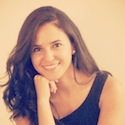
You may think by reaching out to a large number of students in public schools, an arts organization sacrifices excellence. But what if there was proof of the opposite? What if it was possible to set high standards and define a concept of excellence for a broad audience that obtains the same results as if you selected a small group of talented artists?
El Sistema—a music education program in Venezuela—has shown that a balance of quantity and quality is possible. It has opened up possibilities for people to become excellent musicians and create social change. Founded 39 years ago by José Antonio Abreu, El Sistema now reaches more than 500,000 children in poverty who are usually excluded from engagement in the arts. Its premier ensemble, the Símon Bolívar Youth Orchestra, is considered one of the world’s most talented youth orchestras. El Sistema has also produced world-class artists and musicians, including Gustavo Dudamel, principal conductor of the Los Angeles Philharmonic.
Eric Booth, who’s been called the father of the teaching artist profession, visited El Sistema in Venezuela and observed their work firsthand. “They teach kids not to be afraid of things that are hard,” he said after his trip. “They work early and uncompromisingly toward a sense of real achievement, continually upping the challenges and stakes.”
I believe the key to reaching excellence in the arts is to set high standards. El Sistema shows us how to reach artistic excellence and be a catalyst for social change. We should use this example to advocate for more support from arts and social funders.
Margaret Gonzalez, a musician, social entrepreneur, and educator from Venezuela, works as coordinator and lead string teacher for Harmony Stockton, a program serving disadvantaged youth in Stockton, California. She is a product of El Sistema.
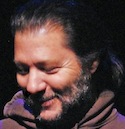
What does it take to nurture excellent and engaged young performing artists? Which art forms and skills are taught to whom and why? How does a community-based arts organization balance a focus on traditional cultural repertoires and techniques with more contemporary ones, and with new media forms? These are a few of the questions that guide our work at East Bay Center for the Performing Arts. For the past 46 years, we have sought to provide a shared, vibrant home to youth from various ethnic, cultural, and class backgrounds.
Our Young Artist Diploma program engages 100 urban young people every year. At the end of four years, graduates have completed as many as 2,000 hours in individual lessons and group classes, project learning, student mentoring projects, full-time five-week cross-cultural summer intensives, recitals, and public performances.
The art forms that young people study in our program—from chamber music, jazz, and physical theater to classical West African dance/drumming and Mexican Son music—were chosen over several decades with a number of criteria in mind. First, we wanted to offer a range of art forms that represent the organic interests of the youth in our community. Next, it was important that the art forms had a canon and distinct and traditional training methodologies. Finally, we chose to focus on art forms in which we had access to master artists who could translate the theory, techniques, and meaning of the repertoire—and inspire the young people we serve.
It is our experience that this approach has yielded social, technical, and creative benefits to both the advanced performer/creator and the youth explorer seeking to calibrate and assume his/her place among many in an increasingly complex society.
Jordan Simmons has been the artistic director of East Bay Center for the Performing Arts in Richmond, California since 1985, and a faculty member (music, theater, capoeira) since 1978.



